
In Images: Mysterious Desert Varnish
Desert Varnish
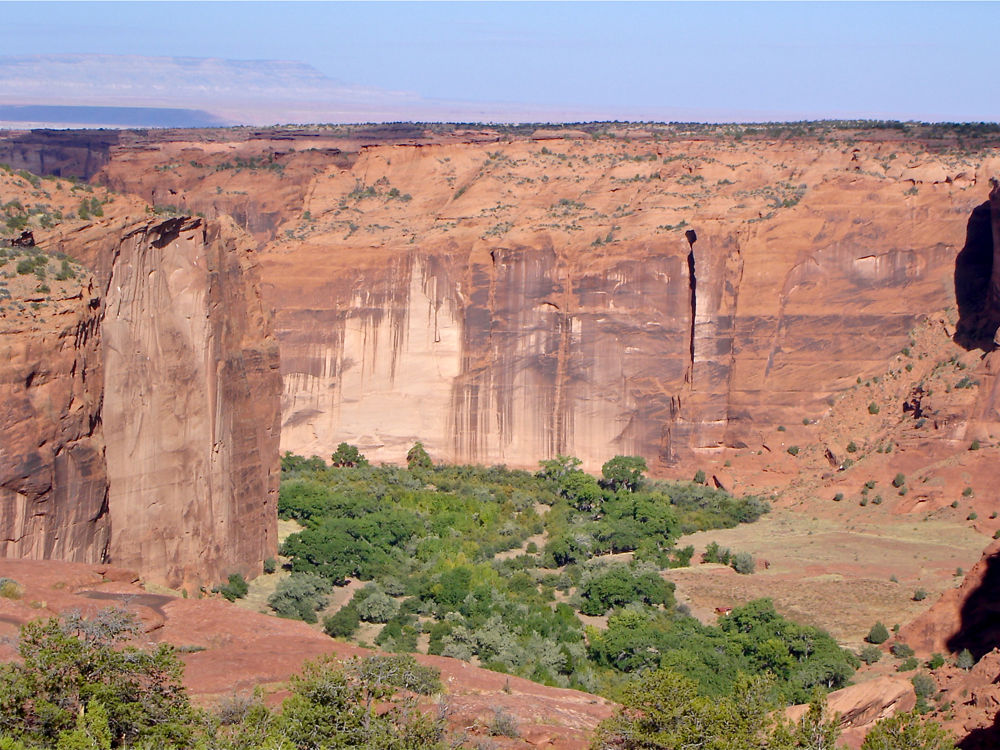
In the desert areas around the world, the rocks found there are often totally covered with or display patterns of deep reddish brown or black streaks known as desert varnish. Desert varnish does not form on all rock surfaces; rarely is it seen on granite. But it is often found on sandstone and can turn a hill of tan volcanic basalt into a mountain of black boulders.
Picking and Choosing
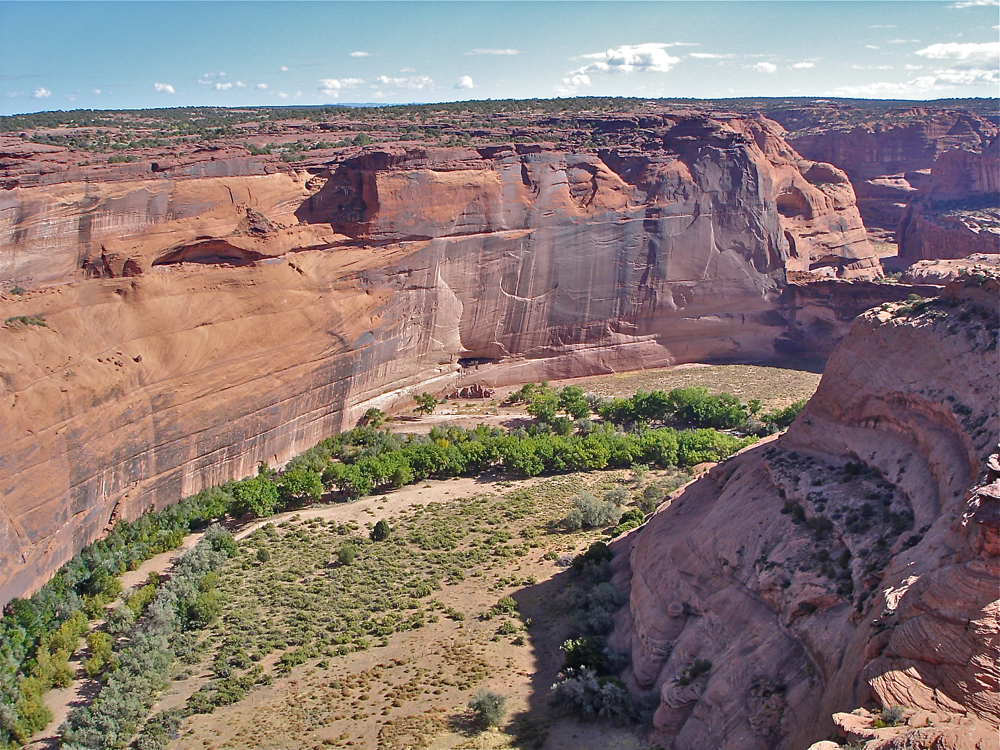
Yet within spectacular desert gorges, such as the one shown here in Canyon De Chelly National Monument in Arizona, desert varnish will form on one sandstone wall while other walls remain totally unadorned. It seems to be found most often on north- and east-facing walls and seldom found on walls facing south and west. This suggests that temperature has an effect upon its formation.
Ancient Volcanic Flow
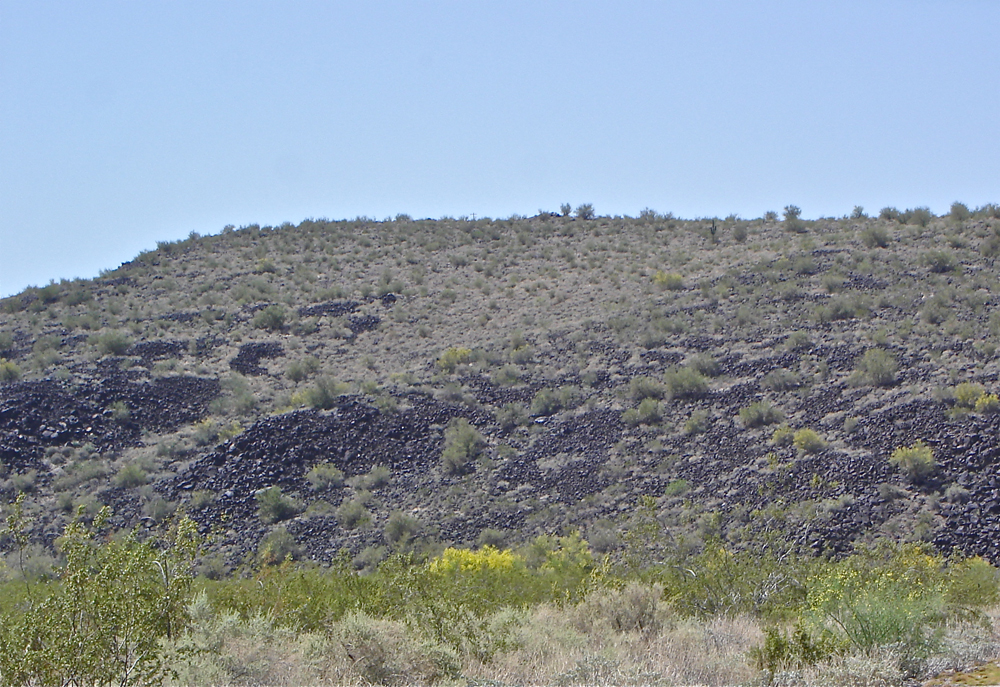
This small hill of volcanic basalt is covered not only with typical Sonoran Desert vegetation, but covered too with desert varnish. This volcanic lava flow originated from a volcano over 100 miles (160 kilometers) to the north before breaking through the Earth's surface to cool and fracture into a hill of basalt boulders.
Theories
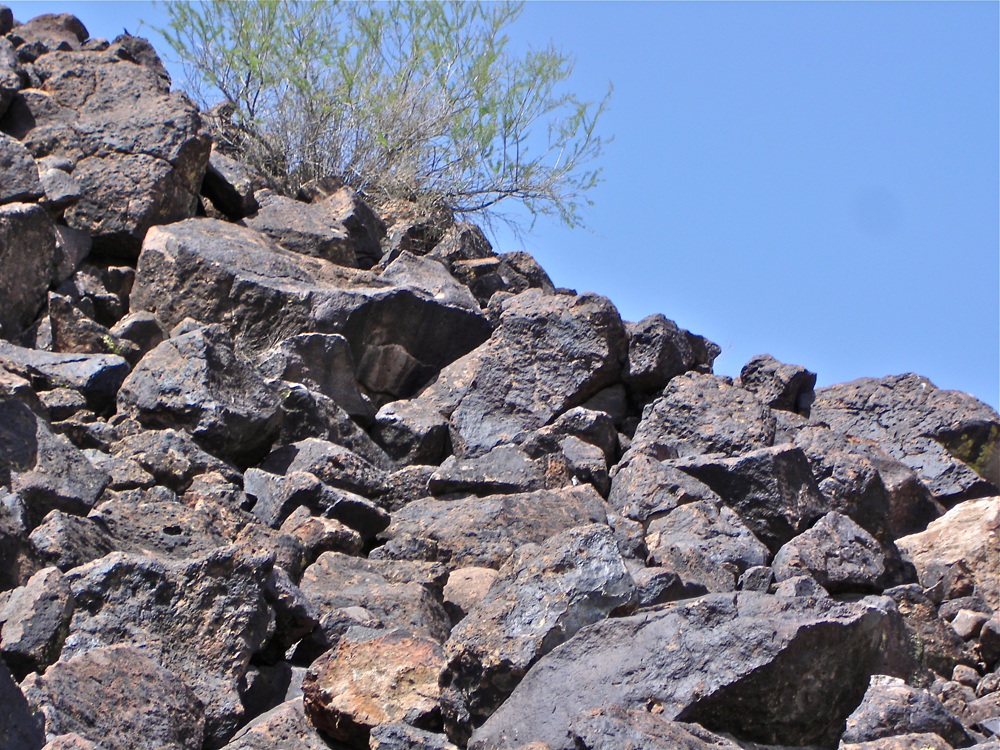
Scientists once thought that desert varnish was a result of mineral-rich water flowing over the rocks and leaving layers of manganese and iron to turn the rocks the various shades of black and red.
New Ideas
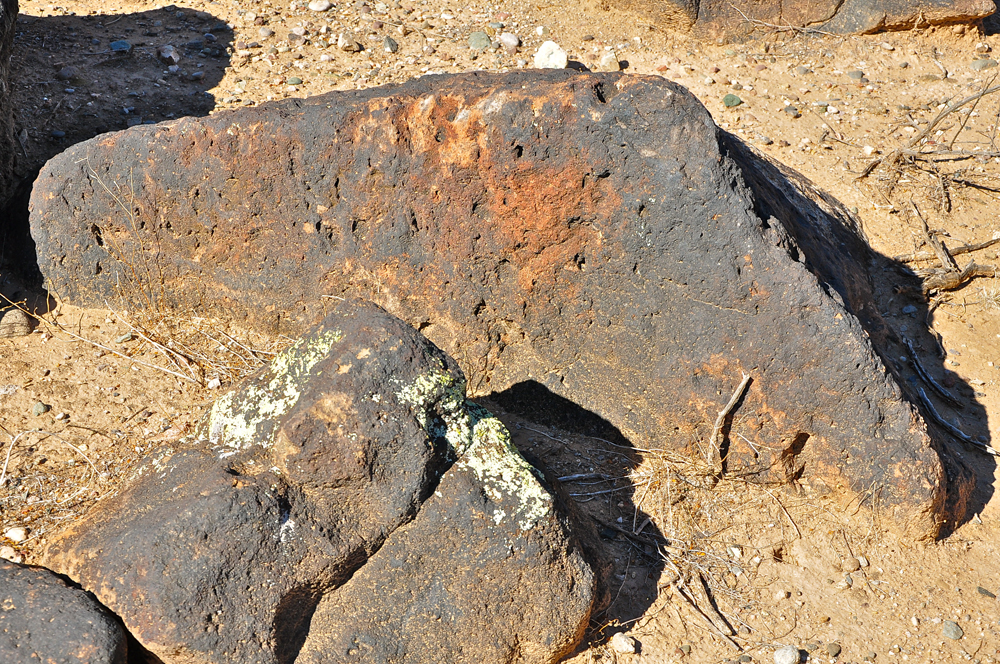
But modern geologists now believe that desert varnish is a thin layer of minerals, clay and microbes that form on the surface of the desert rocks. The minerals, now exposed to the arid desert climate, are oxidized forms of iron and manganese. The microbes are a varied group of fungi and bacteria.
Color Differences
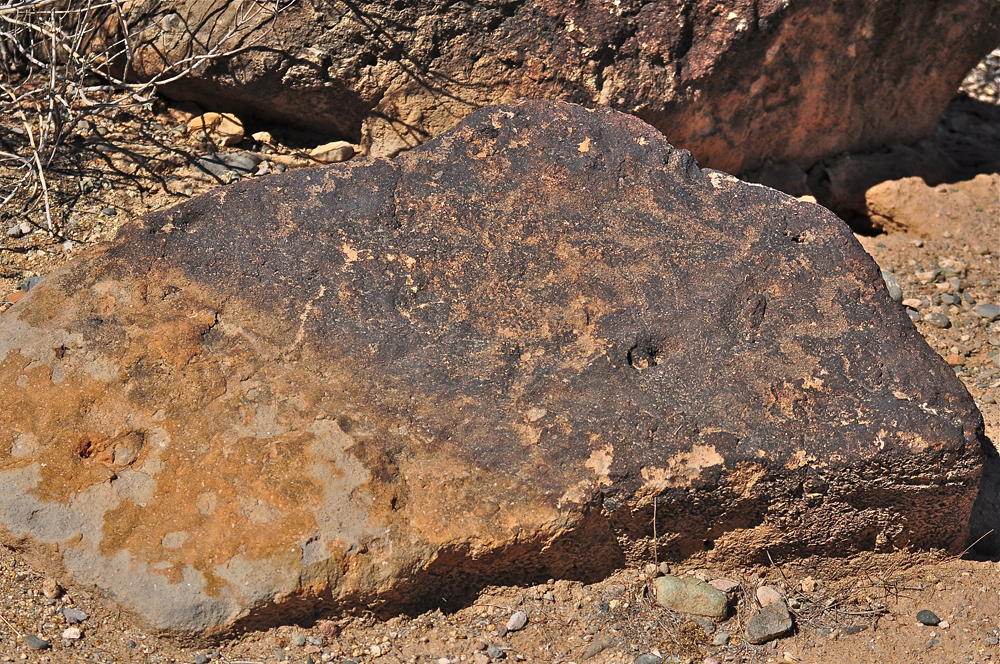
Depending upon the amount of iron and/or manganese present, different colors of desert varnish cover the rocks. If iron oxide is the predominate mineral, the varnish will be red. If manganese oxide is the predominate mineral, the varnish will be black. If there is a similar quantity of manganese and iron, the color will be shades of tans and browns.
Exposure Changes Things
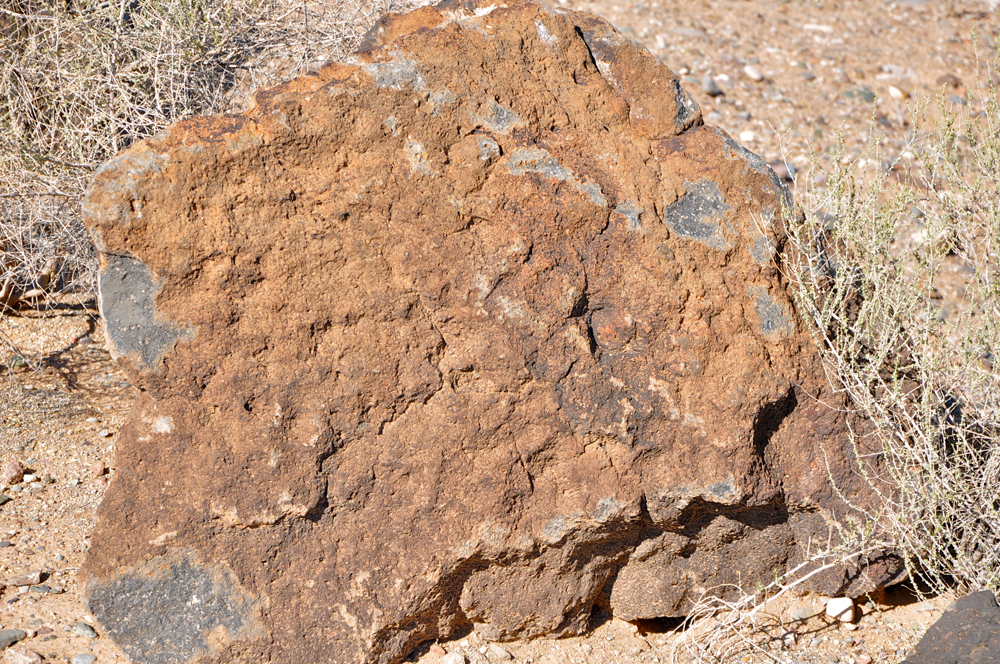
Basalt buried deep within the earth has the natural color of various shades of tan. But once it is exposed to the atmosphere after arriving at the surface, desert varnish begins to form. Desert varnish forms very slowly, estimated at a rate of only 1 to 40 micrometers per 1000 years. (A human hair is about one micrometer in width.)
Sign up for the Live Science daily newsletter now
Get the world’s most fascinating discoveries delivered straight to your inbox.
Similar but Different
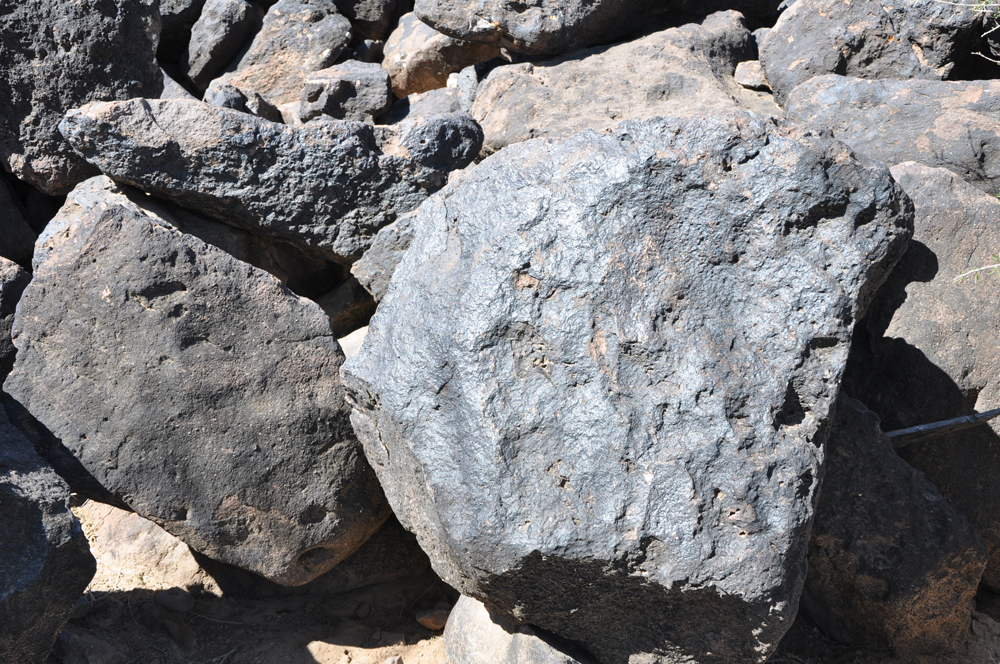
Sometime boulders lying side by side will take on the same color but have a different sheen. Here, basalt rocks are covered with a manganese-influenced desert varnish, but one looks shiny while the other appears to be dull under the same direct sunlight.
Popular Belief
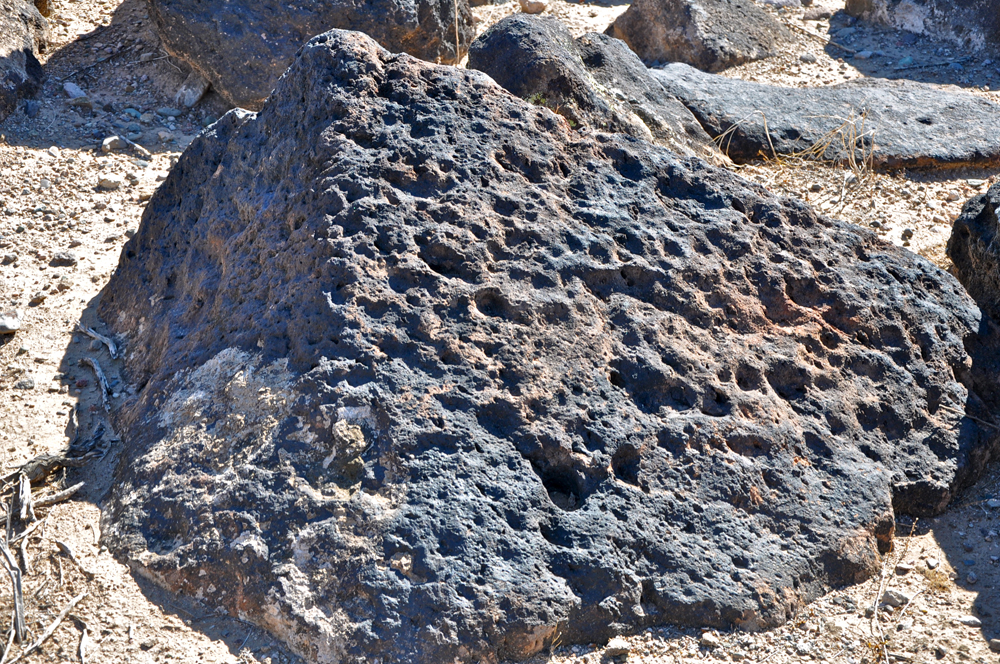
The most popular scientific theory today is that desert varnish forms as a result of water, microbes, clay and minerals interacting over a long period of time. Water flowing over the boulders results in fungi and bacterial growth, allowing windblown clay dust to stick to the rock surface. When water-soluble forms of iron and manganese arrive, the microbes transform the minerals to insoluble forms, cementing the minerals and clay to the rock surface.
Agree to Disagree
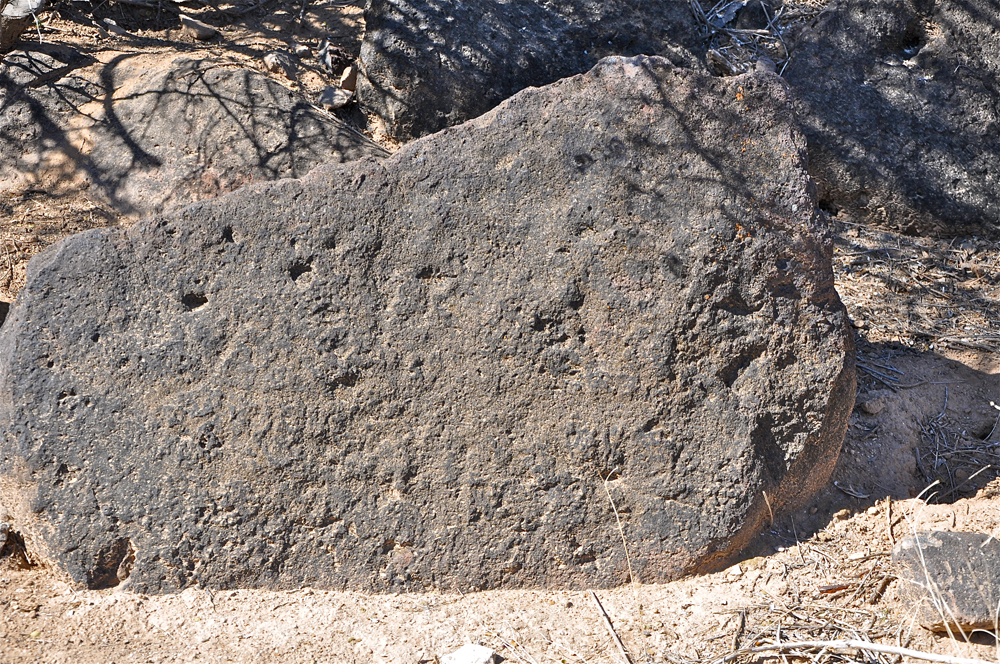
Yet the formation of desert varnish is still not totally agreed upon or understood. There is some evidence that the microorganisms do not always oxidize the iron and manganese in all desert locations and under all desert climatic circumstances. Complete scientific agreement into desert varnish's formation is still underway.
A Matter of Opinion
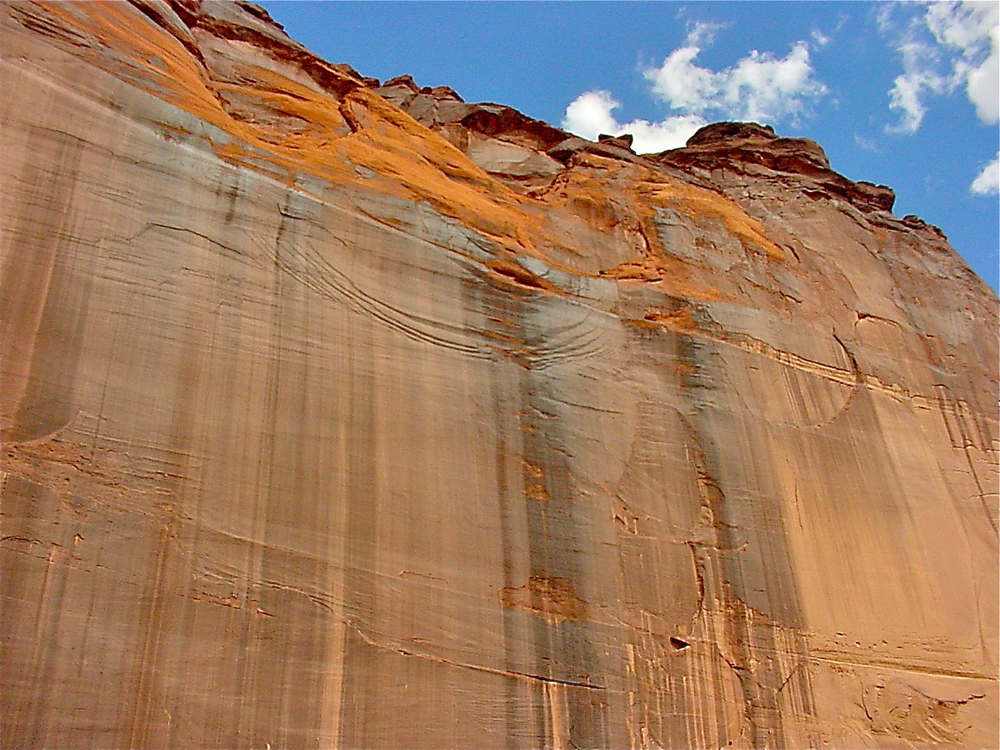
Some geologists still believe that it is highly possible that desert varnish might be deposited by different processes in different arid environments. These geologists suggest that clay itself can oxidize soluble forms of iron and manganese. Others have suggested that the microbes "ingest" the rock surface to produce the desert varnish.









